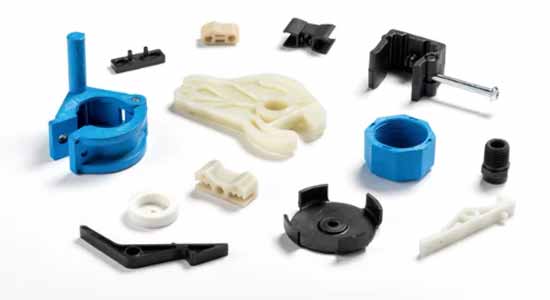

Injection molding tooling costs can be influenced by various factors. Here are 10 factors that can have an impact on injection molding tooling costs:
1. Part Complexity:
The complexity of the part design plays a significant role in tooling costs. Parts with intricate shapes, undercuts, thin walls, or complex geometries require more complex tooling, leading to higher costs.
2. Mold Size:
The size of the mold affects the tooling costs. Larger molds require more material, increased machining time, and often specialized equipment, resulting in higher costs compared to smaller molds.
3. Number of Cavities:
The number of cavities in the mold, which determines the number of parts produced in each cycle, affects tooling costs. Higher cavity molds require more precise machining and may have more complex cooling systems, increasing the overall cost.
4. Material Selection:
The choice of material for the mold impacts the tooling costs. Different materials have varying costs and performance characteristics. High-performance materials may require specialized tooling, driving up the overall expense.
5. Surface Finish Requirements:
If the final part requires a specific surface finish, such as high gloss or texture, additional steps and precision are necessary during the tooling process. These additional requirements can increase the overall tooling costs.
6. Tolerances and Accuracy:
Tighter tolerances and higher accuracy requirements for the part necessitate more precise machining and quality control during the tooling process. Achieving these tight specifications may require additional machining steps or specialized equipment, which can increase costs.
7. Tooling Complexity:
The complexity of the mold design and its features impact the tooling costs. Mold designs with intricate details, side actions, slides, or lifters require more machining and precision, resulting in higher tooling costs.
8. Tooling Materials:
The choice of materials for the tooling can affect costs. Different tool steels or alloys have varying prices, and selecting more durable or specialized materials may increase tooling expenses.
9. Mold Longevity:
The expected lifespan of the mold influences tooling costs. If the mold is intended for high-volume production, it needs to be made from more durable materials and undergo additional heat treatment or surface coatings, leading to higher costs.
10. Tooling Modifications and Maintenance:
If design changes or modifications are required during the tooling process, additional costs may be incurred. Similarly, regular maintenance or repair of the mold over its lifespan can add to the overall tooling expenses.
It's important to note that these factors are interconnected, and changes in one factor may have a cascading effect on others, ultimately impacting the overall tooling costs. MMT is a reliable partner when you have project seeking for cooperation. Contact Us
XIAMEN MODERN MOULDS&TOOLS CO., LTD
Expect to start the product development journey together with you
Call Us
+86 13599537590





